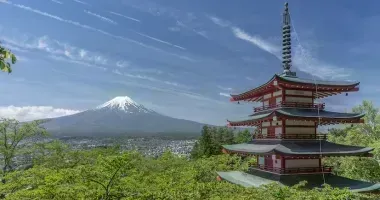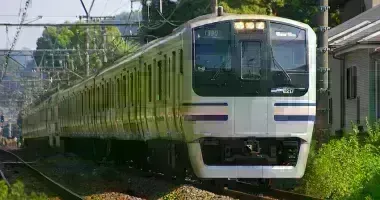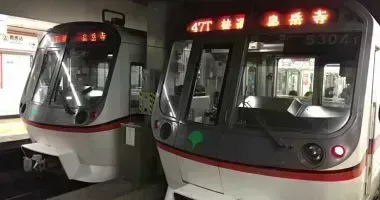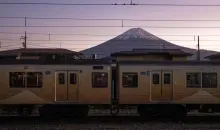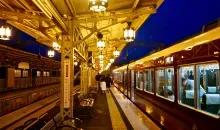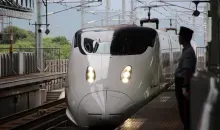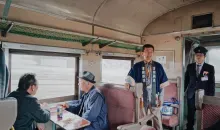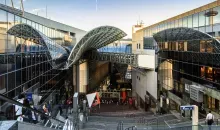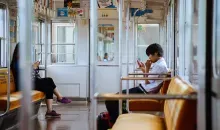Shonan Shinjuku Line: A Direct Connection Through the Heart of Tokyo
The Shonan Shinjuku Line connects the major metropolitan areas of Tokyo and Yokohama with the beach resorts of the Shonan region in Kanagawa Prefecture. Operated by JR East, it runs from Utsunomiya Station in TochigiPrefecture to Ofuna in Kanagawa Prefecture. The line is fully covered by the JR Rail Pass, making it convenient for tourists. It provides access to many top attractions and destinations in the Tokyo area.
Stations and Key Destinations on the Shonan Shinjuku Line
Yokohama - Japan's second-largest city with historic port area, Chinatown, parks
Shin-Kawasaki - cultural attractions like temples, museums, Toshiba Science Museum
Ebisu Station - dining and entertainment district, Yebisu Garden Place complex
Shibuya Station - youth fashion and culture center, famous crossing and Hachiko statue
Shinjuku Station - massive business and entertainment area, observation decks, restaurants
Ikebukuro Station - Sunshine City complex with aquarium, planetarium, observation deck
Omiya - ancient shrine, railway museum, bonsai village, Japan Mint Museum




Beach Resorts and Destinations South of Yokohama
Kamakura - historic temples and shrines, Great Buddha statue, hiking trails
Fujisawa and Enoshima Island - popular beach and hot spring resort area
Zushi - seaside town with beaches popular for swimming and surfing
Odawara - castle town and gateway to Hakone hot spring resort area




Understanding the Train Services
The Shonan Shinjuku Line runs on shared tracks of several other JR lines like the Yamanote and Tokaido. There are three service types: local trains stopping at every station, rapid trains with fewer stops, and special rapidtrains with the fewest stops. Trains depart every few minutes from major stations like Shinjuku and Yokohama. Some trains continue beyond the main route to places like Utsunomiya and Takasaki.
Transferring to Other Major Train Lines
The Shonan Shinjuku Line connects with many other JR and private railway lines at major stations. Key interchange stations include Shinjuku, Shibuya, Ikebukuro, Yokohama, and Omiya. From these hub stations, you can easily access places like Hakone, the Mt. Fuji area, Nikkō, and Narita Airport.






Using the Japan Rail Pass on the Shonan-Shinjuku Line
The Japan Rail Pass provides unlimited rides on the entire Shonan Shinjuku Line route between Omiya and Zushi. This makes it easy and economical to visit many top Tokyo sights without paying extra fares. The pass is especially worthwhile if taking longer trips to the Kamakura or Odawara areas.
Experiencing the Areas Around Shonan-Shinjuku Line Stations
Most major stations on the line have extensive shopping, dining and entertainment options in the surrounding areas. Bustling hubs like Shinjuku and Ikebukuro have endless things to see and do. You can get a taste of history and traditional culture in Kamakura and Odawara. Enjoy the beach life and laid-back atmosphere of Enoshima and Zushi.

